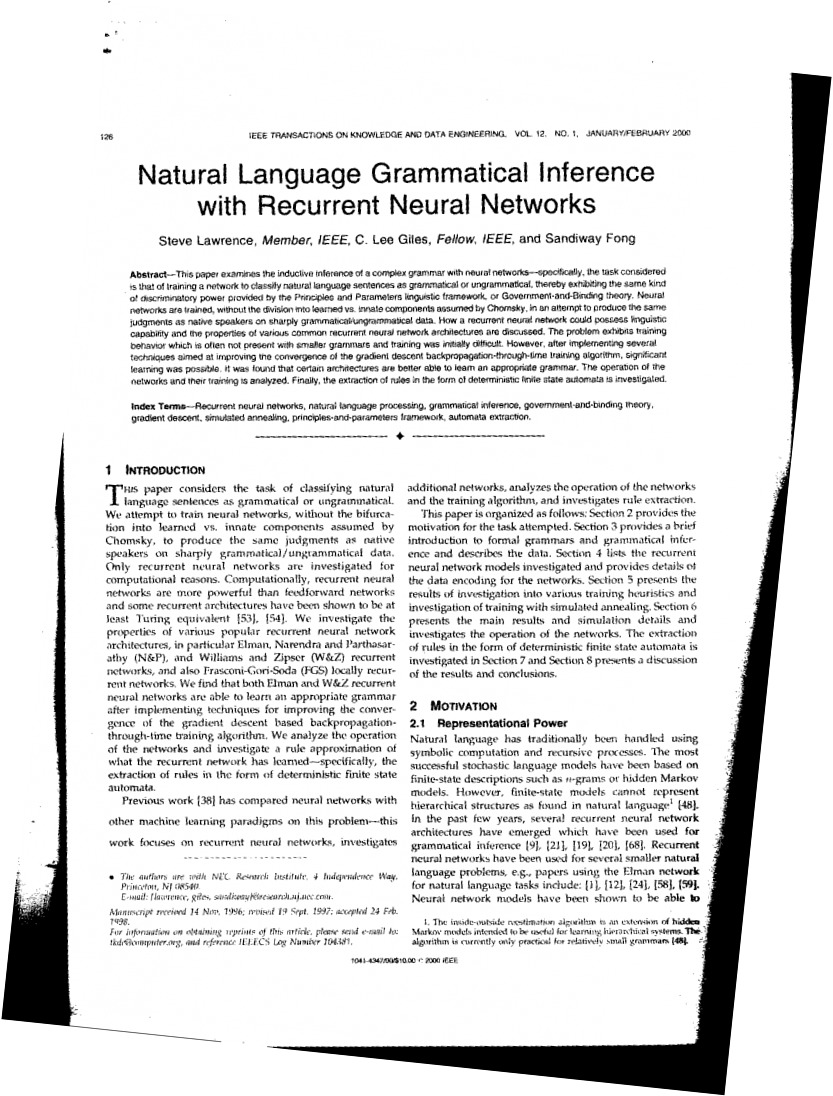

Here are some ways to compress images created by taking screenshots on Mac. Need to batch process an entire folder of jpegs? Jpegoptim can handle that too: jpegoptim ~/Pictures/CatPhotos/*. Imagemagick convert can be used to compress and screenshot images by changing unique colors, image depth etc. That is, the spaces in the title are preferentially compressed first, then the wizard's arm, then the right side of the wizard, leaving the most complex middle part of the wizard for the very end. It is also possible to optimise several images at once simply by listing them: jpegoptim kittens.jpeg cats.jpg feline_good.jpg Again notice how it tries to preserve the most complex parts of the image, as the image gets compressed into a smaller and smaller area. Now let’s be crazy and reduce the image to just 15kb! This time we’ll also choose to save the file in a different location using the ‘ –dest‘ flag: jpegoptim -size=15k cookie.jpg -dest ~/Desktop The resulting image is roughly my chosen file-size (a rogue kb over) and has dropped in quality as a result: Note that the argument stating the size comes before the image location but that the okay to overwrite comes after it.

jpegoptim -size=100k cookie.jpeg -overwrite We can specify a file size in either kilobytes (k) or as a percentage (%) and, just to confuse things we’ll need to tell the app that it can overwrite the previous attempt to compress it. To go back to our example, let’s re-compress our photo of Cookie to something more web-friendly and take it from 1.1MB to a more manageable 100k. By Ssecifying a file size you disable the lossless optimization and the image quality takes a nosedive as a result.īut it’s using this option that we can dramatically reduce jpeg size. The app also lets you reduce a jpg to a specific size.Īn (obvious) tradeoff in setting an arbitrary file size limit is image quality. And, sure enough, the file is reduced from 1.2MB to …1.1MB.īut that’s where we can get fancy and Jpegoptim can show off. To compress it using Jpegoptim I would open a new Terminal session and run: jpegoptim cookie.jpegĪfter the command has ‘done its thang’ - and bear in mind it will overwrite the original file by default - I can check the result. The default command optimizes your jpg images using maximum/lossless settings to offer the best image quality. To process an image you run the ‘jpegoptim’ command followed by the location of the image you wish to compress.įor example, I have a 1.2MB photo of Cookie in my Home folder. Jpegoptim is a small utility that can compress and optimize JPEG files without significant lose in quality - but a notable difference in file size.Ĭompression can help save on bandwidth (if using images on a website) and make sending emails a bit faster (if you have a slow connection). The app is tiny so won’t take long to install.
Imagemagick compress password#
Open a new Terminal session and enter the following command, followed by your password as prompted: sudo apt-get install jpegoptim
Imagemagick compress install#
This is entirely optional you can also install the app using the Ubuntu Software Center (or a similar package management tool).
Imagemagick compress how to#
How to Install jpegoptim on Ubuntuįirst things first: let’s get the tool set-up on your Linux machine.Īs jpegoptim is a command line app we’ll show you how to use the command line to install it. If you don’t like the command line try the small image optimization app ‘Trimage’, which provides a GUI front-end for jpegoptim (and pngcrush). So in this post we show you a command line tool that lets you quickly compress jpeg images on Linux, without any fuss. Well, you might reach for a GUI app, like GIMP, and play around with settings.

SourcesĮn. en. github-wiki-see.page ’s say you need to compress a JPEG image on Linux - how do you do it? You can utilize the format as you would with any other image codec. Since version 7.0.10-54, ImageMagick supports JPEG XL.


 0 kommentar(er)
0 kommentar(er)
